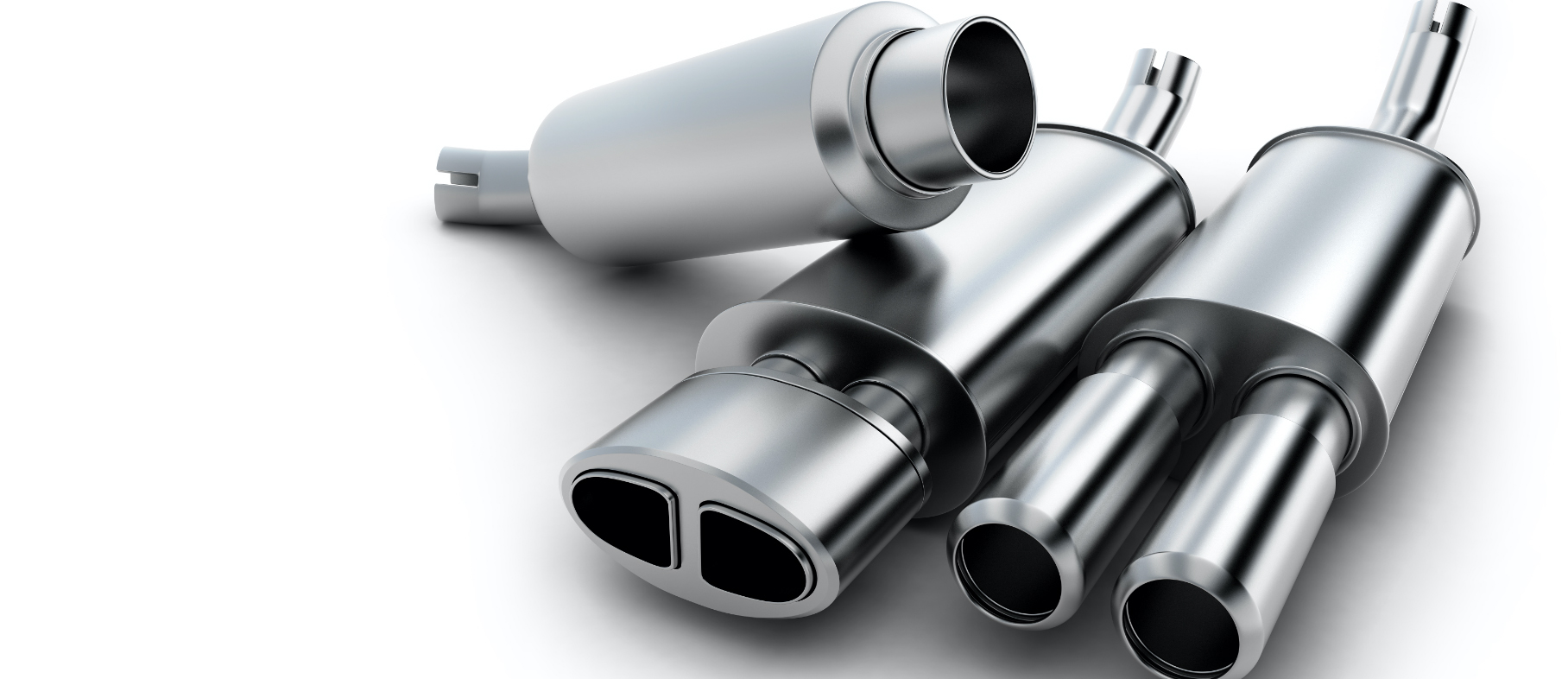2.5 Inch 304 Stainless Steel Exhaust Pipe

The exhaust system is a critical component of any vehicle, playing a vital role in managing engine emissions, reducing noise, and even influencing engine performance. While often overlooked, the material and diameter of exhaust piping significantly impact these functions. This article delves into the specifics of 2.5-inch 304 stainless steel exhaust pipe, exploring its characteristics, advantages, applications, and considerations for those seeking performance upgrades or exhaust system replacements.
Understanding Exhaust Pipe Diameter: Why 2.5 Inches?
The diameter of an exhaust pipe is a key factor in determining exhaust flow. A larger diameter generally allows for greater exhaust flow, which can be particularly beneficial for high-performance engines or vehicles with performance modifications. Conversely, a pipe that's too large can reduce exhaust velocity, potentially hindering low-end torque. A 2.5-inch diameter exhaust pipe strikes a good balance for many applications, offering improved flow over stock systems without sacrificing low-end performance significantly. It's a popular choice for vehicles with moderately tuned engines, forced induction (turbocharged or supercharged) applications, and even some naturally aspirated performance cars.
For perspective, consider that many stock exhaust systems utilize smaller diameters, often ranging from 2 to 2.25 inches. Upgrading to a 2.5-inch pipe can provide a noticeable improvement in throttle response and top-end power, especially when combined with other performance modifications like a cold air intake or performance headers.
304 Stainless Steel: The Gold Standard for Exhaust Systems
The material of an exhaust pipe is just as crucial as its diameter. 304 stainless steel is widely regarded as one of the best materials for exhaust systems due to its exceptional corrosion resistance, durability, and heat resistance. Stainless steel, in general, contains chromium, which forms a protective layer on the surface, preventing rust and corrosion. 304 stainless steel contains a higher percentage of chromium (typically around 18-20%) and nickel (8-10%) than other grades, further enhancing its resistance to oxidation and corrosion, even under extreme temperatures and harsh environmental conditions. This is particularly important in areas with road salt or high humidity.
Compared to aluminized steel, another common material used for exhaust systems, 304 stainless steel offers significantly superior corrosion resistance. Aluminized steel is more affordable but prone to rust, especially at welds and bends. While 409 stainless steel is a less expensive alternative to 304, it contains less chromium and nickel, making it less corrosion resistant and more likely to exhibit surface rust over time. While surface rust on 409 generally doesn't compromise the structural integrity of the pipe, it can be aesthetically unappealing.
Benefits of a 2.5 Inch 304 Stainless Steel Exhaust Pipe:
- Improved Exhaust Flow: Enhances engine breathing, potentially increasing horsepower and torque.
- Enhanced Durability: 304 stainless steel resists corrosion, ensuring a longer lifespan.
- Improved Sound: Often produces a deeper, more aggressive exhaust note (depending on muffler design).
- Aesthetic Appeal: Stainless steel provides a clean, polished look.
- Increased Value: A high-quality exhaust system can increase a vehicle's resale value.
Installation Considerations and Costs:
Installing a 2.5-inch 304 stainless steel exhaust pipe typically involves either a direct replacement of the existing exhaust system or a custom fabrication, depending on the vehicle and the desired outcome. A direct replacement "cat-back" system (exhaust system from the catalytic converter back) is generally easier to install and often requires only basic tools. Custom fabrication, on the other hand, requires welding and potentially bending the pipe to fit the specific application. This is best left to experienced professionals.
The cost of a 2.5-inch 304 stainless steel exhaust pipe varies depending on the brand, complexity of the system, and whether it's a pre-fabricated kit or a custom fabrication. Expect to pay more for well-known brands and systems with mandrel-bent pipes, which offer smoother exhaust flow than crush-bent pipes. Installation costs will also vary depending on the complexity of the job and the labor rates of the shop.
Common Problems and Maintenance:
While 304 stainless steel is highly durable, some issues can arise. Leaks at joints and welds are a common problem, usually caused by improper installation or damaged gaskets. Regular inspections are recommended to identify and address any leaks promptly. Additionally, the exhaust hangers that support the exhaust system can corrode or break over time, causing the exhaust pipe to sag or rattle. Replacing worn hangers is a relatively inexpensive and straightforward repair.
Proper maintenance, including periodic visual inspections and prompt repair of any leaks or damage, will ensure the longevity and optimal performance of your 2.5-inch 304 stainless steel exhaust pipe.
